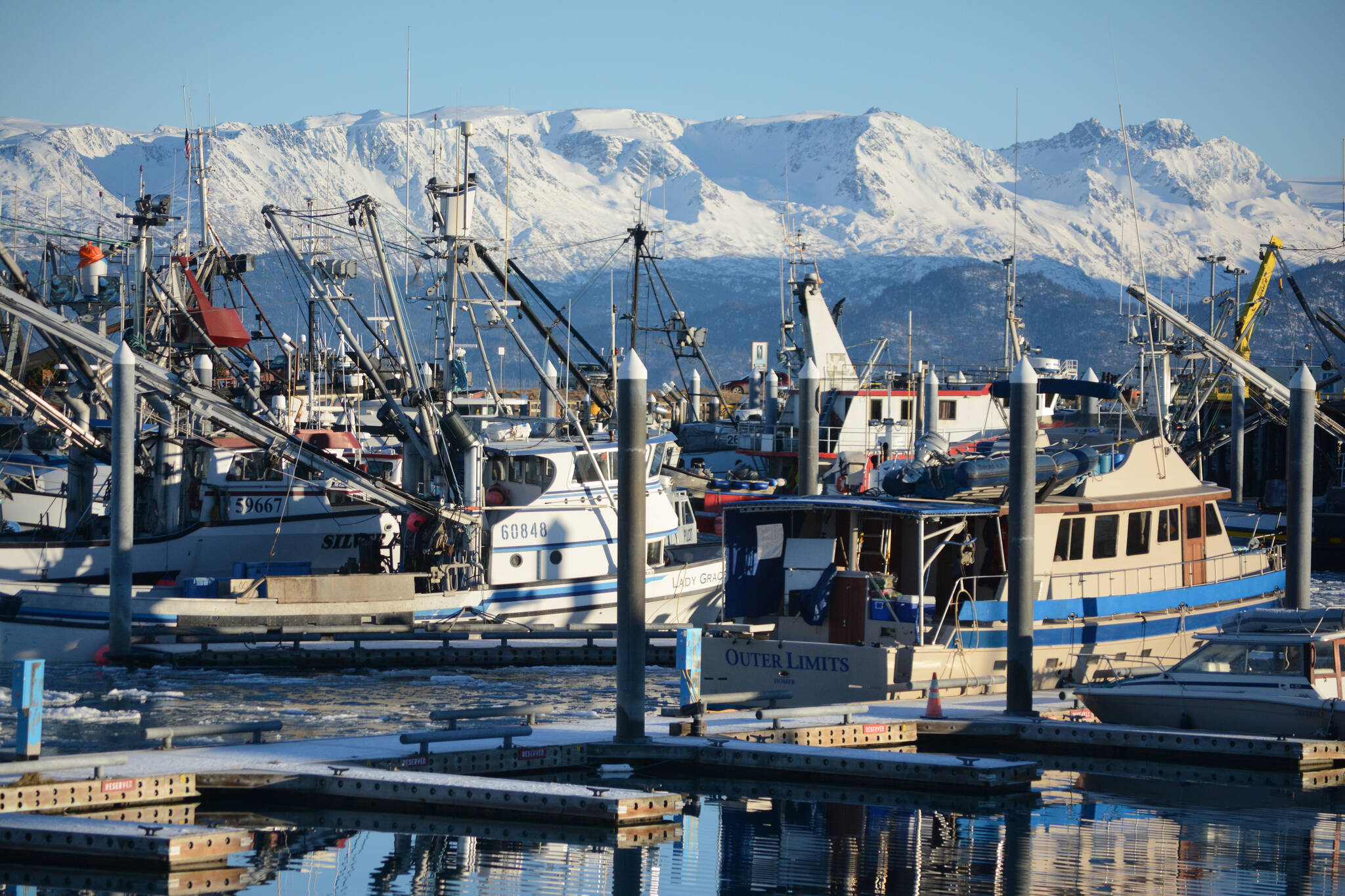The Kodiak bairdi Tanner crab fishery was slated to open on Jan. 15 with a quota of 5.8 million pounds, the largest since 1986, but a price dispute has put things on hold. Processors in Kodiak, King Cove and Sand Point originally offered $2.50 per pound, compared to the $8 per pound last season, and it has become increasingly obvious that that was an overly optimistic price, and processors have not been able to sell the crab for a profit after paying that much.
The boats stationed in Kodiak rejected the $2.50 offer, and are holding out for at least $3 per pound, which has not been accepted by the processors, and it will be at least Sunday before any boats leave the harbor.
Processors in Sand Point and King Cove came up to $2.88 per pound on Monday, but that offer wasn’t sufficient. Processors have cited increasing costs for expenses for offering the lower price, without acknowledging that fishermen are also facing inflationary pressure, or that processors overpaid for crab last season.
While not exactly calling it a strike, no one is fishing in any of the areas open, from the Alaska Peninsula to Chignik to Kodiak.
Louie Gjolsund is running a tender that has bought crab in the area for a few years, and while he acknowledged it was based on mostly hearsay, he said on Monday that because there wasn’t a lot of crab on the market last season, they paid a high price, but that wasn’t the end of the story.
“Just because there wasn’t a lot of crab coming on the market from Alaska doesn’t mean there wasn’t any crab in the world,” he said.
He added that bairdi Tanner crab are not as marketable as king crab because of the relative difficulty in getting the meat out for the average consumer in a restaurant, which can be hard, although some find the crab more flavorful than king, snow or Dungeness crab.
Gjolsund argued that the fishermen need to get better at hiring people to show what the fleet’s expenses are versus profits, which the processors have in abundance, to better advocate for a profitable price, and compare it to what the processors say they can make per pound, and then possibly agree to a split of some kind on whatever profits come from the sale of the crab.
The Kodiak fishery is unique in that it is a vastly different fleet from the Bering Sea, with boats ranging from 32-foot gillnetters to 120-foot Bering Sea crabbers, which has made this season in Kodiak so popular given the relatively large quota and the shutdown of the opilio and king crab seasons in the Bering Sea.
Kodiak has a limited-entry system, unlike areas out west, so boats have to either have or lease a permit for the area, while further west, in Chignik and the South Peninsula, has open access but is limited to boats 58 feet and under.
There is a small quota for Bering Sea Tanner crab this year in an area west of 166 degrees longitude, but they are smaller than the Kodiak crab, which is another reason Kodiak fishermen feel they should get paid more.
The stand-down in Kodiak and out west seems to have broad support from fishermen, and no boats had left for the grounds as of press time.
Cristy Fry can be reached at realist4682@gmail.com.



